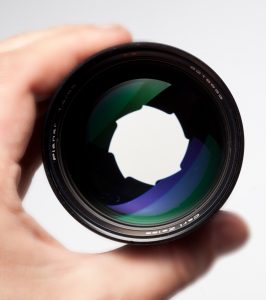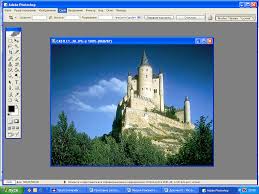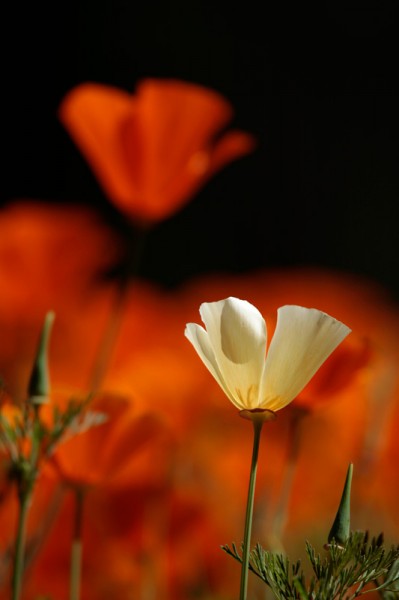photography
VIVIEN MAYER (© VIVIAN MAIER) – GENIUS OBSERVING REALITY
 The story of the American photographer Vivien Maier (© Vivian Maier) is an interesting case of fame that came to the photographer only after death. Nobody saw her carefully assembled archive of almost one hundred thousand negatives, it was discovered by chance, and made a real international sensation.
The story of the American photographer Vivien Maier (© Vivian Maier) is an interesting case of fame that came to the photographer only after death. Nobody saw her carefully assembled archive of almost one hundred thousand negatives, it was discovered by chance, and made a real international sensation.
A detailed and distinctive illustration of the life of American society of the 60s and 70s, funny street plots and surprisingly characteristic portraits do not leave anyone indifferent. In terms of professionalism, ability to approach the model and reveal her personality, Meyer is compared with Robert Frank and Lee Friedlander.
Art lasts forever and works outlive their creators who serve only as “guides” between creativity and the viewer. Unfortunately, the name Mayer became known only after her death, and she did not receive the recognition she deserves. Continue reading
CAMERA DIAPHRAGM AND DOF WITH SIMPLE LANGUAGE
 Anyone who is not too lazy and read the instructions for the camera may not read further. But for those who are too lazy to do this – perhaps there will be a cognitive “explanation on the fingers”.
Anyone who is not too lazy and read the instructions for the camera may not read further. But for those who are too lazy to do this – perhaps there will be a cognitive “explanation on the fingers”.
In any camera, such a thing as an aperture is provided. Jargon photographers also call it a hole or relative hole. The diaphragm is a certain mechanism, which is most often located in the lens and may have the property of narrowing and expanding. what is aperture scale
When this hole narrows, less light enters the camera sensor. Thus, it is possible to adjust – if there is a lot of light, then due to the narrowing of the diaphragm, its amount is reduced, and the frame is exposed normally. The opposite effect is also true – the larger the relative aperture, the more light will fall on the camera’s sensor and, accordingly, can be shot in fairly dark conditions. Continue reading
HOW TO MAKE A FLOWER PICTURE UNUSUAL
 Each novice photographer first of all takes on photographing flowering objects. Why? First of all, because the flowers have a texture and they have a bright color, which means that it is very likely to get a “beautiful photo”. But in order for the flower to look interesting in the picture, you still need to adhere to some rules that have been tested for years, despite the fact that beginners unsuccessfully try to violate them and professionals are almost undecided in compliance with them.
Each novice photographer first of all takes on photographing flowering objects. Why? First of all, because the flowers have a texture and they have a bright color, which means that it is very likely to get a “beautiful photo”. But in order for the flower to look interesting in the picture, you still need to adhere to some rules that have been tested for years, despite the fact that beginners unsuccessfully try to violate them and professionals are almost undecided in compliance with them.
Use lenses with a focal length of 50 mm or more. Telephoto lenses are good.
Highlight flowers from below or from the side with the sun or flash. This way you increase the transparency of the petals. Continue reading




